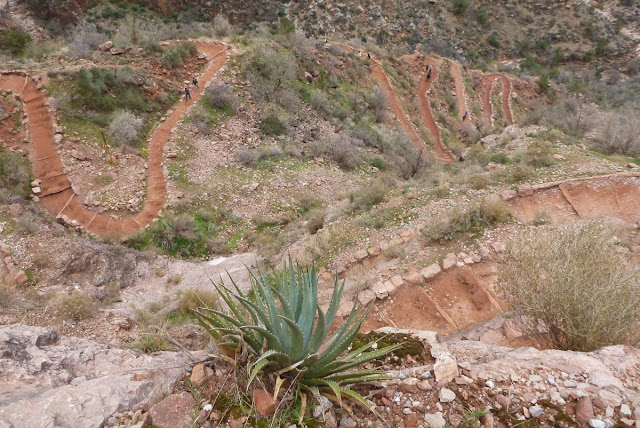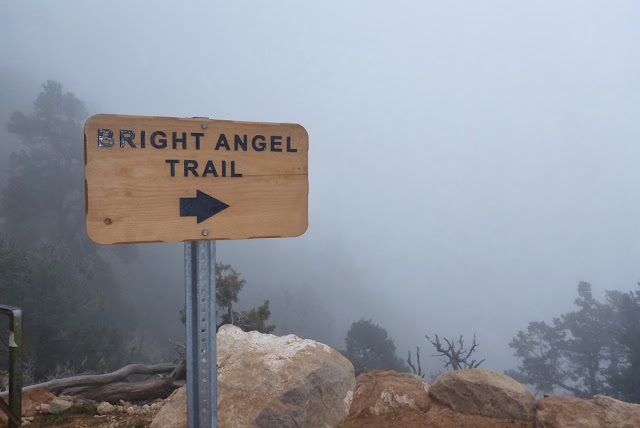 |
| China's Rainbow Mountains - Are the colors real or unreal? |
You might be tempted to think that I have fallen for the "colorful" hype circulating on the internet these days regarding certain rock formations in China called the
Rainbow Mountains. Or maybe you have seen
this site that offers even more of the wild photographs. Even
Huffington's Post fell for this one. Yes, I have seen these pictures that portray certain soft sediments with wildly psychedelic tones, something that might have been seen on a poster in the walls of a college dorm room, circa 1968.
However, a friend of a friend has apparently tracked down some bonafide renditions of the rocks, with properly colored photographs and a six-minute video of them to boot. There might now be an answer to the question I have received in my "in-box" numerous times this year: "Are these rocks real?"
The short answer is no - with a conditional yes/asterisk/parts of them to follow. The colors that have been portrayed most often are super-hyped in a photo-editing program, one where the operator fell in love with their saturation tool. This has rendered the otherwise interesting rocks into glaring
tones that cannot be accounted for by natural processes. However, the texture and erosional form of the strata is real enough. And they bear a striking resemblance to the Colorado Plateau's Chinle Formation, which you will recall was named in the late 19th century by true, red-blooded Americans as the
Painted Desert. To which I might add, were rendered in the early 20th century in fanciful hand-colored postcards with colors that resemble those circulating today for the Rainbow Mountains. The Chinese seem to be following the American model to a tee - build a wildly huge military, embrace consumerism, dam you rivers for cheap power, and make your cruddy old mudstones look like a box of Crayloa crayon colors.
Anyway, the quasi real pictures can be seen
here. Beware though, there are some links in this site that take you to the same overdone photos.
This link has many true-colored photographs, which are downright interesting without the hype. You can also watch the video which shows folks riding their bikes
while Chinese music plays in the background. Looks real enough for me
there.
I have been near this site just once but we did not venture far enough south to see these rocks. I remember being very impressed by the
Quilian Mountains nearby from the window of our train.
By the way, there are two widely separated locations in China with the name
Danxia and they both contain geological areas of interest. The first is located in the Human Province which is more humid and contains karst features. One particular landform is called Yangyuanshi (Male Stone). When you see the photos of this you'll know why. The second is in far western China in Gansu Province, which is the arid part of the country and the location of the "Rainbow Mountains". It is specifically called Zhangye Danxia. If you would like to zoom into this location on Google Earth, type in these coordinates - 39° 6'27.52"N 99°58'3.70"E - and check the "photos" box in Google Earth to see more natural pictures in the area.
Before you book a flight to China, you might just want to come to our own Petrified Forest National Park in Arizona. And until then, just read
Bill Parker's Chinleana blog, which honors all things Triassic and colorful.
By the way, I have seen at least 3 widely divergent ages for the Danxia rocks, Cretaceous, Eocene, and "thousands of years old". So I'll wait until something more definite comes along that speaks to the real story of this very interesting place!








































